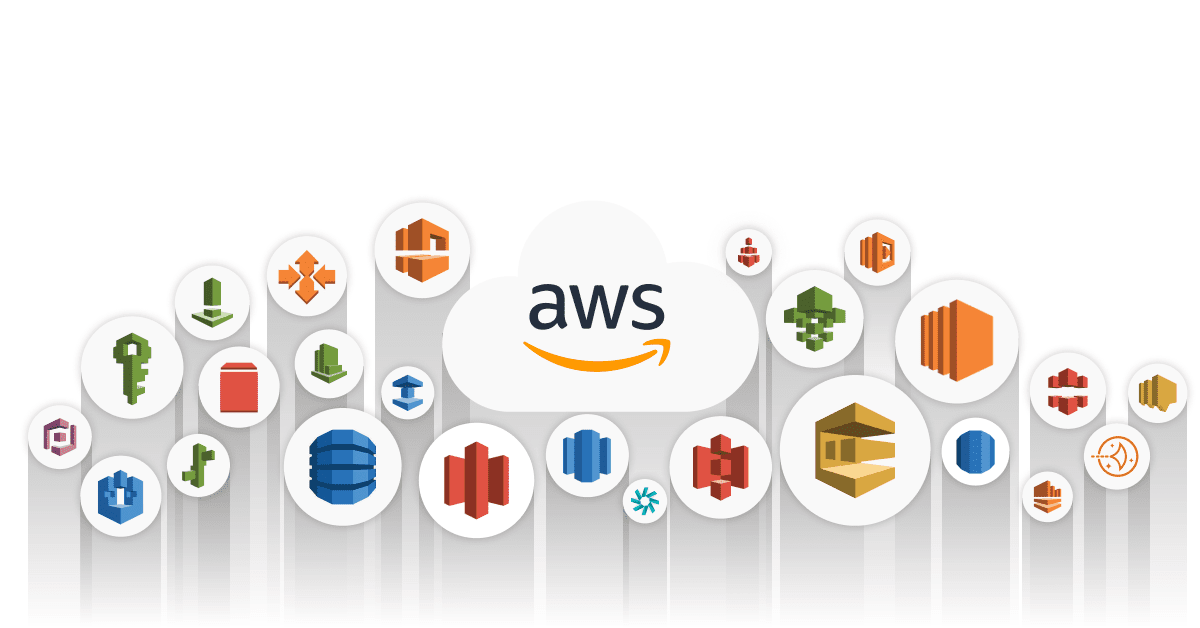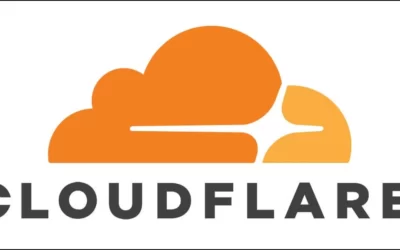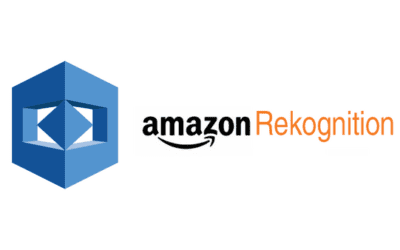The Daily Dose
Our regularly updated blog on all the things that we think you will find interesting. AWS, Cloud, Healthcare, Mobile apps, tutorials and more.
Top 25 AWS Services
Learn about our Top AWS Services for 2023 and prepare your journey through the cloud with precision and confidence.
Read more ➞
Top 10 AWS Migration Services
Discover our top services for helping you migrate over to the AWS cloud.
Read more ➞
AWS Business Continuity Plan
Learn how to create an effective business continuity plan for your AWS stack.
Read more ➞
How to Pick a Mobile App Developer
Like with any job, it is important to assess the correct developer for the correct application. Between everything else that can go wrong in app development from inability to realize a vision to budgetary shortcomings, there’s a lot that can go wrong. In terms of finding a developer who can see through the completion of an app, here are some pointers on how to ensure that goes right.
AWS SageMaker JumpStart
New to AWS SageMaker JumpStart? This quick article will help give you the rundown!
AWS Activate Credits
Starting a business is hard. Convincing potential investors that a business does have the potential to be successful is harder. And this is all omitting the process of procuring the necessary talent needed to contribute to the effort. This is why AWS Activate works with various investor, venture capital, and startup firms to help companies using their services get a legup.
AWS DynamoDB vs. MongoDB
NoSQL (non SQL) databases are the current standard for modern web applications involving big data. It has proven adept in storage and retrieval of various data structure types, whether the data is structured or not. Lacking the requirements of predefined schema, applications with NoSQL develop faster, allow modifications in real-time, and require minimal overhead. With ease of scaling, multiple industries have found widespread use.
AWS Web Application Firewall
If your web apps or APIs are at risk of being hacked or compromised by bots, AWS Web Application Firewall (WAF) is a virtual firewall that can assist defend you from these threats. AWS WAF gives you comprehensive control over traffic accessing your applications by allowing you to set security rules that restrict bot traffic and stop classic attack types like SQL injection and cross-site scripting. Additionally, you have the option of creating rules that only allow certain types of traffic.
How to create IAM roles for VPC access using IAM Groups and Roles
This comprehensive guide covers how to create IAM Roles for VPC access using IAM Groups and Roles.
Amazon CloudFront vs. Cloudflare
Content Delivery Networks (CDN) are a series of global servers installed with the intention of streamlining and optimizing content delivery to end users. This is accomplished by localizing the information being accessed in a region near the user to reduce the time it takes for that information to travel to and from the servers. There are plenty of moving parts to this system and AWS does provide its own set of tools for ensuring distribution of your content.
AWS Amplify
At its core, AWS Amplify is a suite of purpose-built tools and capabilities meant to make building full-stack applications on AWS a breeze for front-end web and mobile developers. Using Amplify’s web and mobile app backends, you can quickly and efficiently create a complete application with both front-end user interfaces and back-end systems. With just a few lines of code, you can seamlessly connect your web and mobile apps to new and existing AWS resources.
With no knowledge of cloud computing, you may more quickly get your items to market and expand your company. In order to construct a complete application, encompassing front-end user interfaces and back-end systems, you must utilize a visual programming language like Java or C++. You can link your web and mobile apps to new and current AWS resources with just a few lines of code. Within minutes, static websites, single-page web applications, and server-side rendered applications can all be built and hosted. By combining AWS AppSync and AWS Amplify, you can build a scalable and secure cloud-powered web and mobile application. The process starts with creating an AWS AppSync API, defining the data schema, and configuring resolvers. Amplify then generates the necessary GraphQL API code, which you can easily integrate into your application.
Amazon Rekognition
Computer vision (CV) capabilities provided by Amazon Rekognition are pre-trained and programmable, making it easy to extract data and insights from images and videos. Pre-trained or configurable computer vision APIs can be swiftly integrated into your apps without the need to build machine learning (ML) models and infrastructure from scratch. Images and videos are analyzed in minutes using artificial intelligence to assist people in visual assessment tasks that would otherwise be performed manually (AI).










